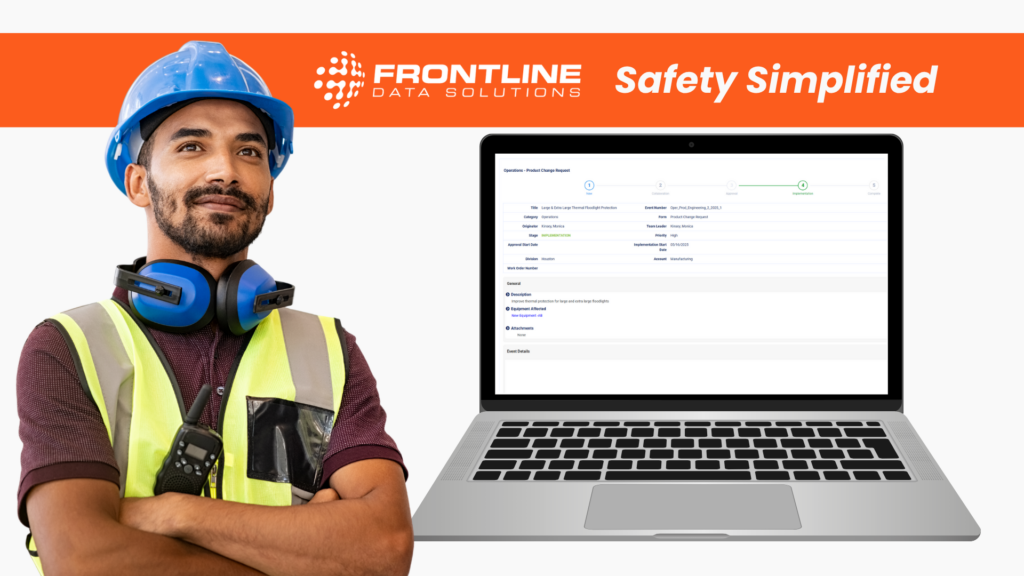The EHS software market is constantly evolving as health and safety trends shift towards digital data management. Navigating the market can be difficult because there is so much variation across platforms. But investing in a software system is undoubtedly a long-term strategy if you want to achieve higher levels of EHS performance.
Shifting EHS data management strategies
The concept of workplace safety grew significantly during the industrial revolution of the late 1800s. But American companies didn’t start developing comprehensive EHS programs until the 1970s when President Nixon formed OSHA.

With federal oversight came the need for businesses to track and document their compliance efforts. The earliest strategies involved pen and paper documentation with companies storing physical compliance files onsite.
Over time, companies started using digital tools like Microsoft Excel to categorize and quantify their data. But as the economy has become more globalized since the 1990s, it’s become even harder to manage compliance—even with spreadsheet capabilities.
The dominant force in the industry nowadays is SAAS (safety as a service) technology. Instead of building systems in-house, most businesses use third-party software systems to do everything from action tracking to change management. Today, the EHS software market is full of options that make achieving and maintaining compliance easier than ever before.
EHS software market factors
Below are the top factors that influence the EHS software market and drive demand for new products and features.
Changing regulatory requirements
As regulatory agencies like OSHA, the FDA, and the EPA update and introduce new compliance requirements, companies must adapt. Oftentimes, EHS software providers develop new tools and features to accommodate changing requirements.
A good example of this is OSHA’s safety data sheet (SDS) requirements. Once they made SDSs mandatory, many software companies started creating SDS management tools for companies to add on to their existing platforms.
Sustainability initiatives
Another factor that drives the EHS software market is the growing focus on sustainability. Switching to a software system eliminates the waste of pen and paper file management. But it also serves as a powerful tool for improving environmental protocols, tracking EPA compliance, and reducing operational waste.
Employee health and safety in the EHS software market
Modern customers want to support companies that take care of their employees. And EHS software helps companies do just that. Adopting a digital solution is a great way for businesses to optimize safety practices, develop a stronger safety culture, and ultimately improve employee wellbeing.
Economic globalization
Working in a global economy means that businesses have to meet international safety standards, in addition to those in their home countries. This drives the need for EHS software solutions that can track compliance data in a flexible, customizable way.
A good example of this is the development of a-la-carte EHS software pricing where companies can add individual tools to the standard software package. That’s one way that the EHS software market has adapted to fit the needs of globalized companies.
EHS software market future predictions
At least for large and midsize companies, the use of EHS software has become a best practice since the early 2000s. Moving into the future, we’ll likely see businesses advocate for less tools and features, as many of the bloated platforms become too difficult for users to navigate. Instead, they’ll opt for EHS software systems that integrate well with other platforms.
This will push software providers to prioritize user experience, most likely scaling back their offerings in favor of higher quality options. If the past is any indication of the future, then the EHS software market should have no problem adapting to changing needs and introducing even stronger systems moving forward.




